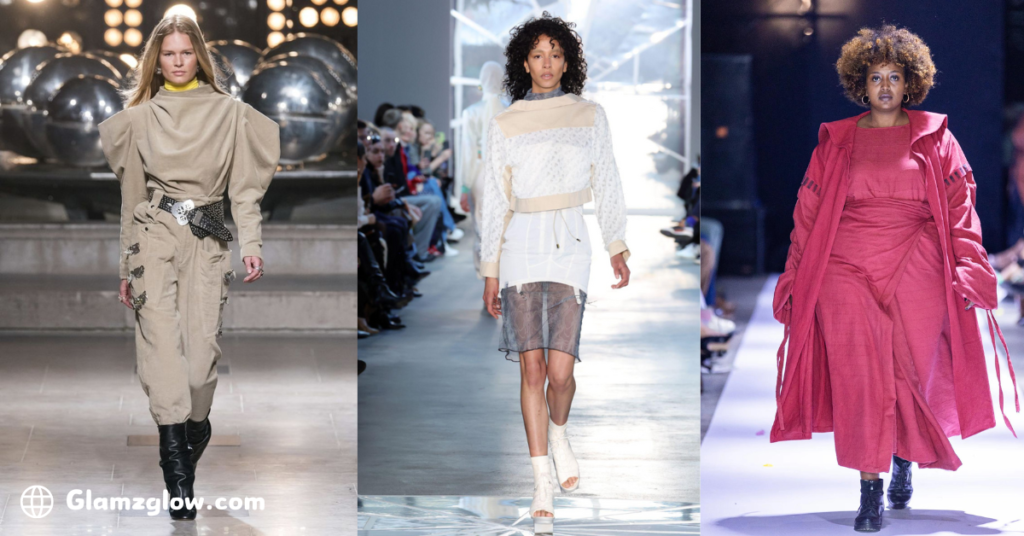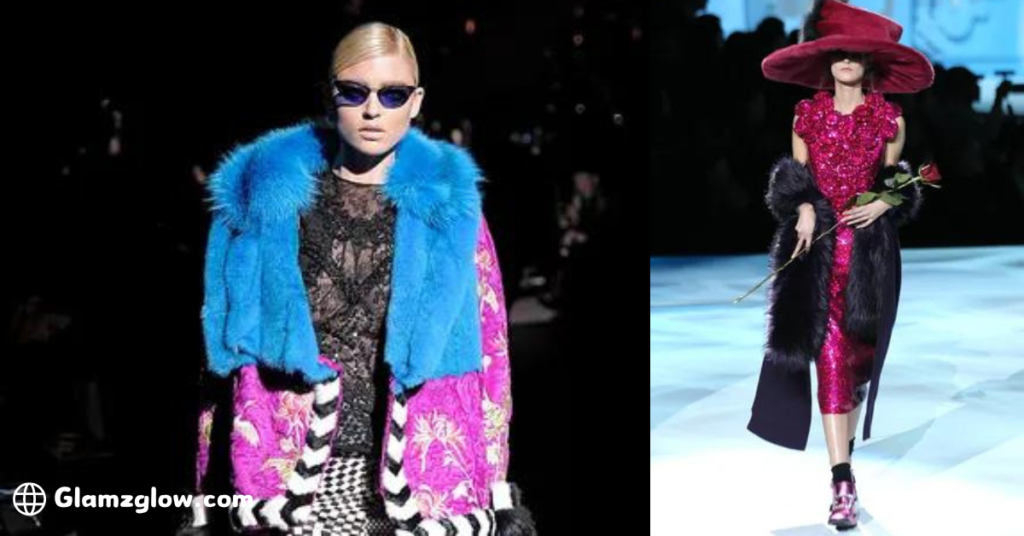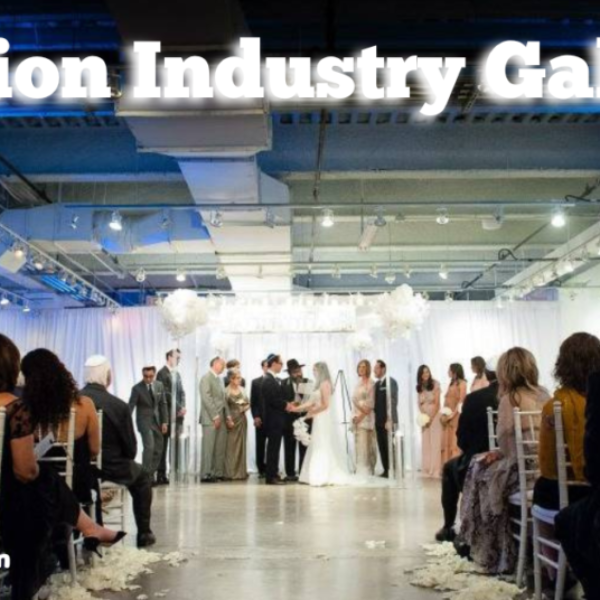Fashion Industry Gallery: A Comprehensive Overview
Fashion business is a broad and large classification that entails the designing, production, advertising, and selling of garments and ornaments. The highly successful hub can be further underlined by the Fashion Industry Gallery (FIG) has been instrumental in forming the ways of modern fashion. This article will gradually analyze the Fashion Industry Gallery, the kind of establishment, its role regarding fashion, and the role of fashion on the environment and society around the world.
The Role of the Fashion Industry Gallery
A Hub for Fashion Events

A boutique wholesale event, the Fashion Industry Gallery enjoys a strategic location within the Dallas Arts District and prides in hosting five juried trade shows every year. These premier events draw retailers and designers from around the country, making them ideal for empowering The Shop to feature the most exquisite women’s contemporary style and accessories. Therefore, the Gallery has evolved to be a reference point to new ideas concerning trends within the industry.
A Year-Round Market
The Fashion Industry Gallery is not only a biannual fashion trade show but also a year-round selling centre. This environment enables the designers and showroom to interact with members within the fashion circle frequently. It is at this point that they get to decide whether to opt for booth packages good for every show or opt to lease for showroom space within the Gallery at all times, guaranteeing that activity never ceases.
National Recognition and Unparalleled Opportunities
The Fashion Industry Gallery has now been nationally acclaimed, attracting leading retail chains who are in search of new, diverse and appropriate brands. It hosts a unique value proposition to designers and buyers looking forward to identifying the most fashionable trends since it is an ideal venue for the designers to present their collections to the highly influential buyers in the region thus enhancing the glamour aspect.
A Historical View of the Fashion Industry’s Development

The fashion industry boasts a rich history, dating back to the Stone Age when clothing served a purely functional purpose: Wood also met the need for shelter and protection from the environment as well. But this was not always the case and fashion became a status symbol of status after a few centuries, with this escalating from the 15 th Century.The Industrial Revolution in the early nineteenth century gave rise to garment production as we know it today.
Technological Advancements and their Impact
Education technology has played a significant role in creating trends in the fashion industry. For the fashion upper body from the middle of the eighteenth century, changes in materials and manufacturing processes have progressively refined the appearance of clothing while promoting or enhancing functionality. The last part of the twentieth century had come the era of personal computers and the internet which transformed the industry. Over the decades, groundbreaking advancements in technology impacted on design, marketing, and consumer interactions, hence significantly accelerating the shift to the digital era of fashion.
Globalisation: A More Interconnected World
Globalisation has also brought designers and fashion brands worldwide resulting in increased interconnectivity in the fashion industry. Such a blend of distinct forms and references has led to a multiplicity and constant evolution of the world market, where fashion motifs from different countries mix and create motivation.
Environmental and Social Implications: The Price of Fashion
The Dark Side of Fast Fashion
Fast fashion is one of the most prominent and rapidly growing industries that pose numerous environmental and social concerns. The fast fashion business model exemplified by brands such as Zara and H&M that produce low cost copies of luxury clothing items may be financially profitable, but imposes severe consequences on ecosystems.
Environmental Impact: A Heavy Footprint
The apparel business alone accounts for 2-8% of global carbon emissions and utilises the second-most water worldwide. The use of synthetic material which is extensively used in the industry with about 60% of all material used comes from plastic has led to increased microfiber pollution in oceans. Additionally, the industry is extremely inefficient: 85% of all textiles are discarded as waste annually and end up in landfills.
Social Impact: Human Cost of Trends
It has negative social consequences as well, with fast fashion being an example. Most parts of cloth manufacturing are sourced from developing nations where workers are especially females who work under deplorable conditions. They are paid peanuts, allowed to work in risky conditions, and even their rights are trampled upon. This exploitation is clearly seen, when one deconstructs the breakdown of the cost of a garment; the wages of textile workers take a meagre 1-2% of the bill.
Towards a Sustainable Future: A New Direction
The Slow Fashion Movement: Embracing Change

As a result of all the negative effects brought about by fast fashioners, slow fashion is becoming popular. Slow fashion is a movement encouraging the opposite – the slowing down of production, eco-friendly practices, and fair sourcing and clothing production. This movement has been campaigning for better processing, non-toxic materials, and a shift in fashion systems to become more responsible and sustainable.
Technological Innovations: Pioneering Solutions
Technological advancements appear to be the driving force in the gradual transformation of this industry to a more sustainable one. There is the search for new approaches, and designers are trying out bio-art and products made of organic elements for environmental durability. For instance, an artist has been using the mushrooms to decompose garments in her sculptures, which demonstrate how biodegradation might solve the textile waste issue.
Global Initiatives: Collaborative Action for Change
Currently there are several global efforts in and effort to construct a sustainable fashion system. The UN Alliance for Sustainable Fashion seeks to free the entire global fashion and clothing industry from all that is unsustainable. In the same way, the Fashion Industry Charter for Climate Change articulated the Framework for a Net Zero Emission Fashion Industry by the year 2050. Among the organisations, there are the so-called sustainability initiatives like the Better Cotton Initiative (BCI) that attempt to make the production of cotton more sustainable with the positive implications for people responsible for this work and the surroundings.
Conclusion
The Fashion Industry Gallery primarily serves as a significant input in the current fashion business, providing a continuous stage for designers and retailers to market their stock to key stakeholders in the fashion niche. However, the industry as a whole has various environmental and social issues that still remain prevalent hence being spearheaded primarily by fast fashion.
Being environmentally responsible, focusing on technology advancements and being part of global movements are moments that take the fashion industry towards a more ethical viewpoint. The reality is that the consumer also has a role to play in selecting products that reflect these values and championing the fashion system that will take care of both people and the earth adequately.
